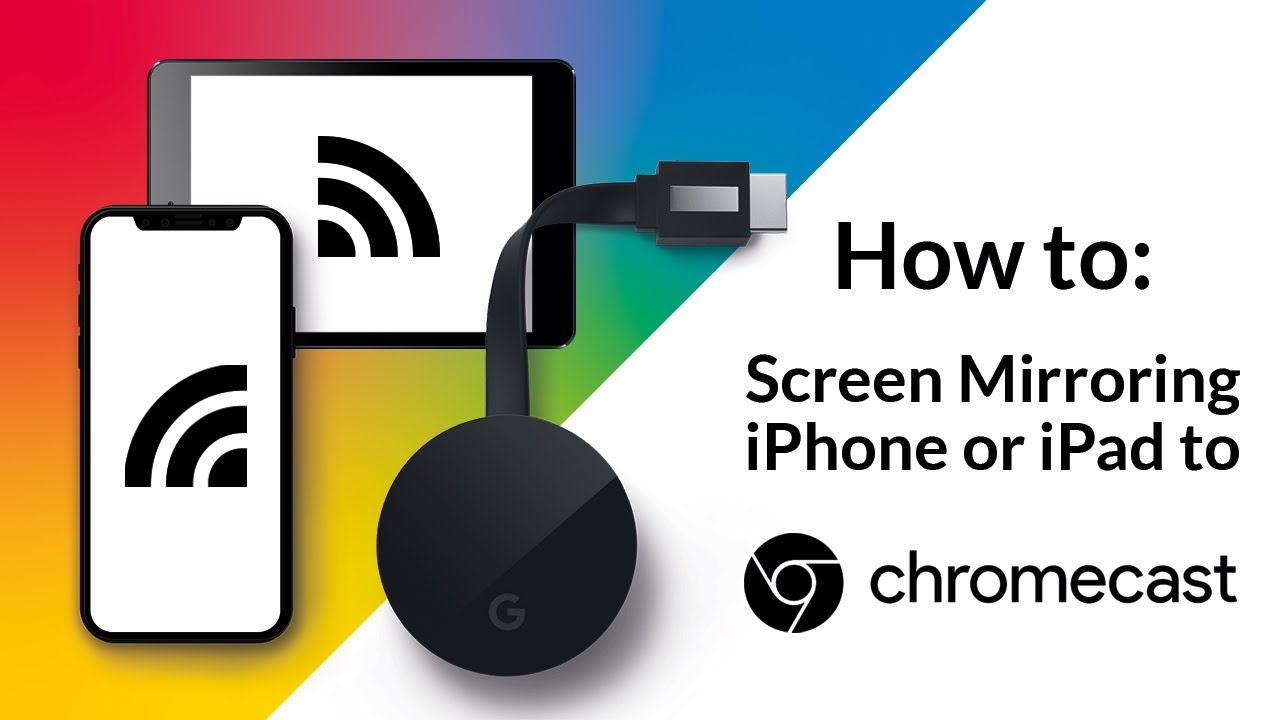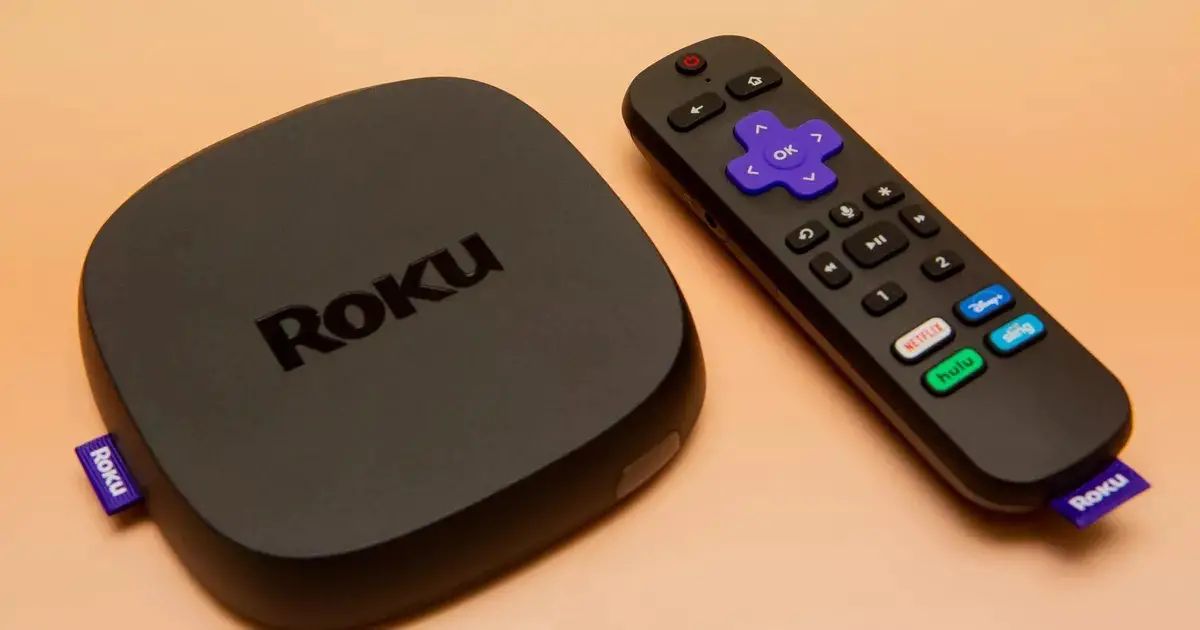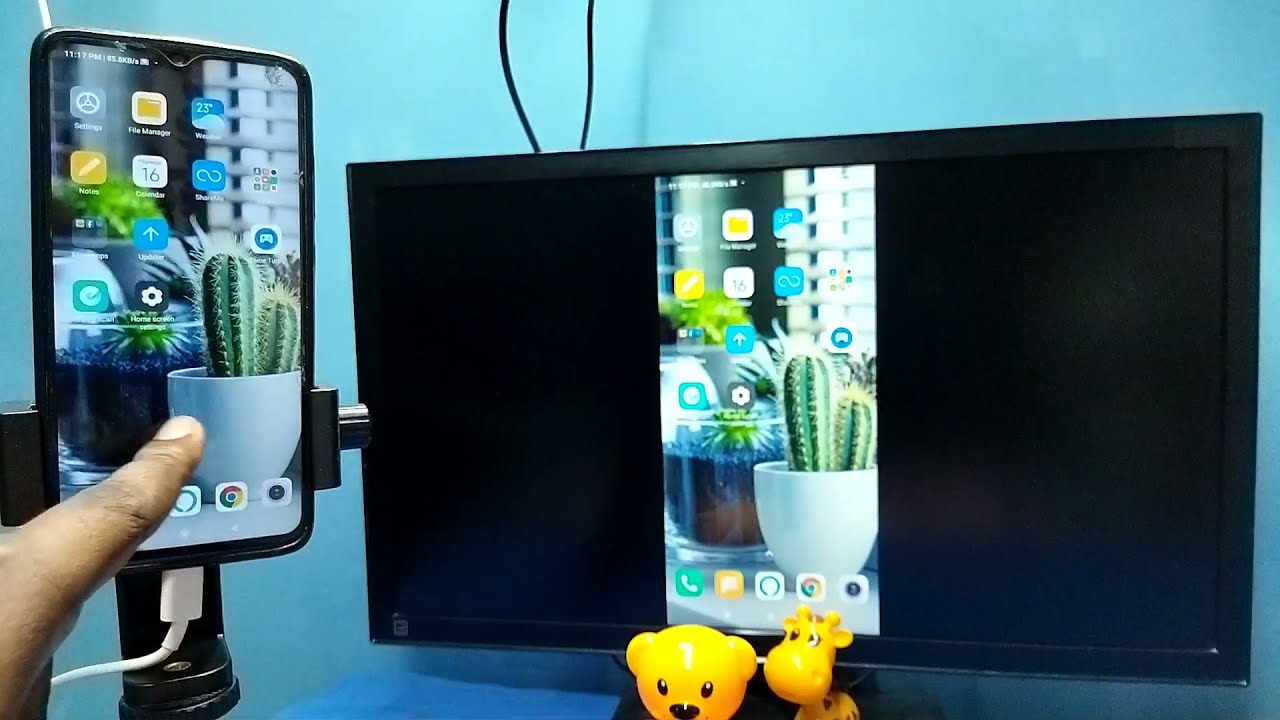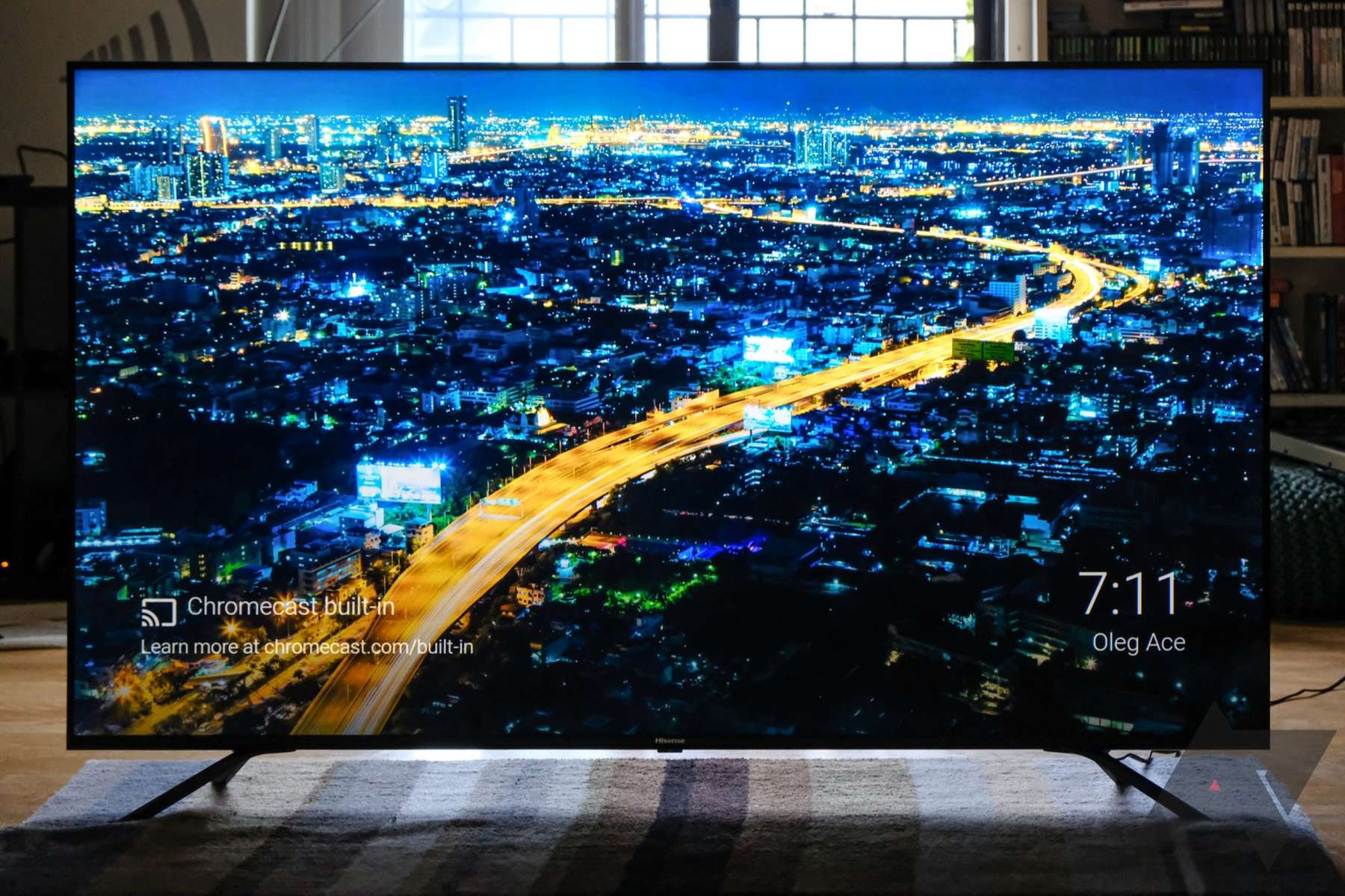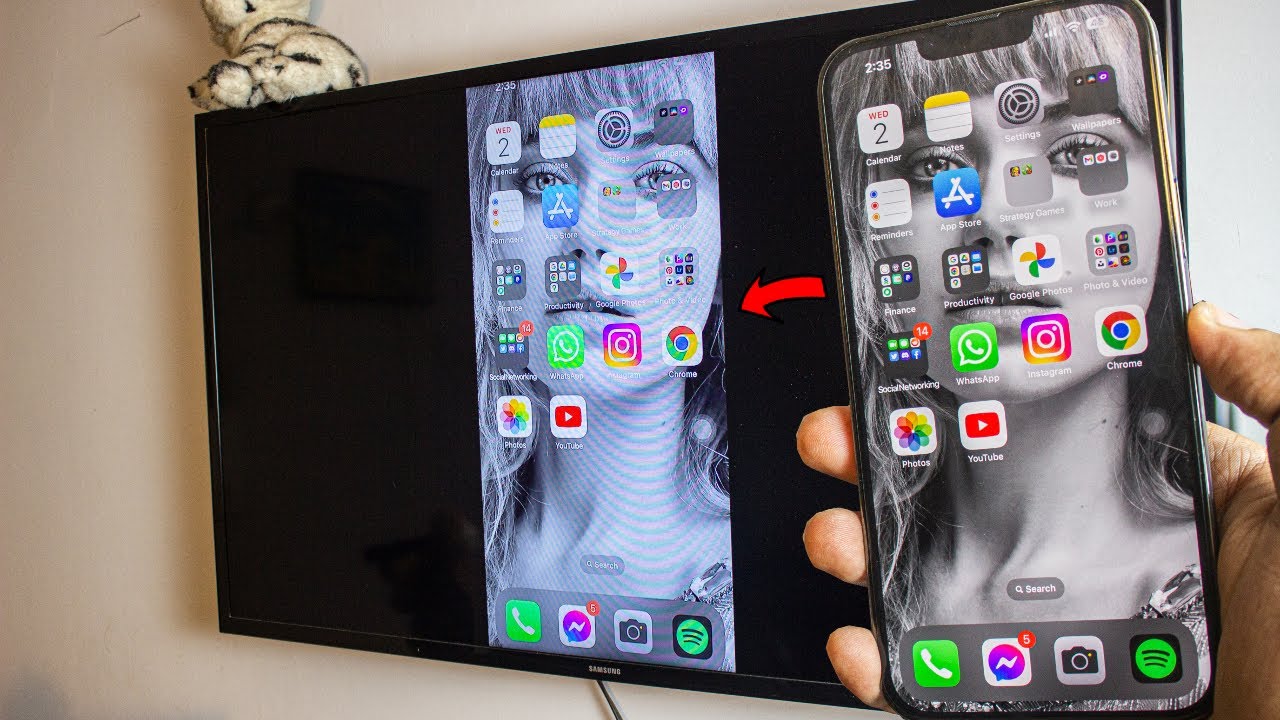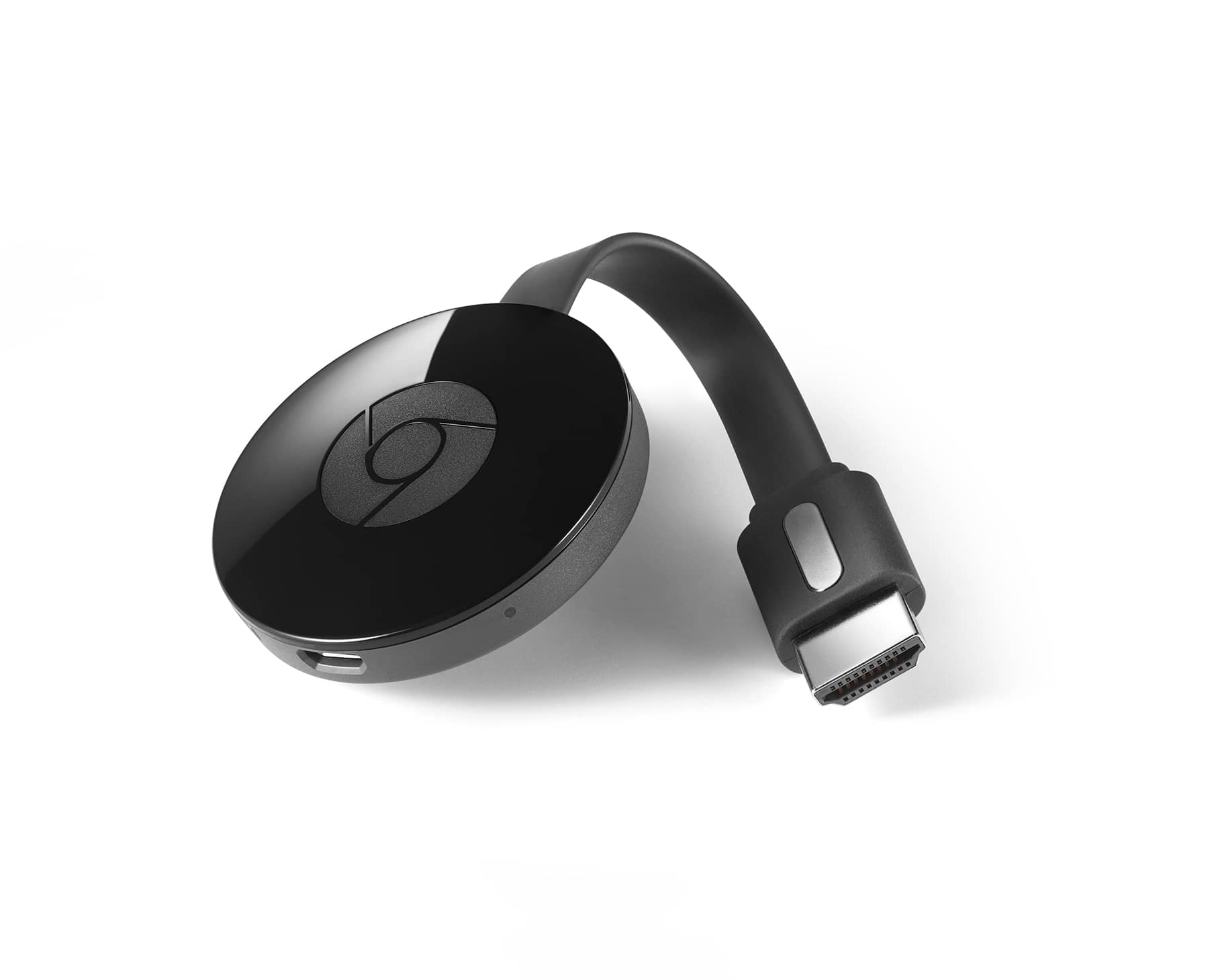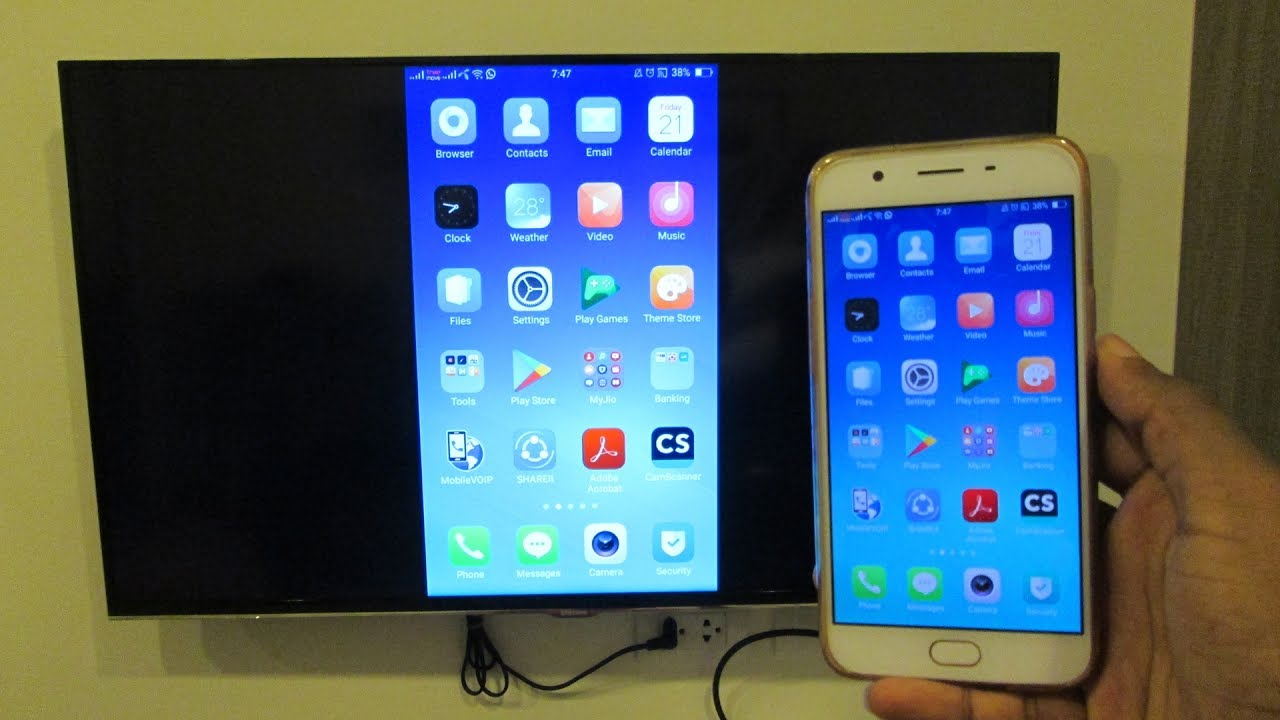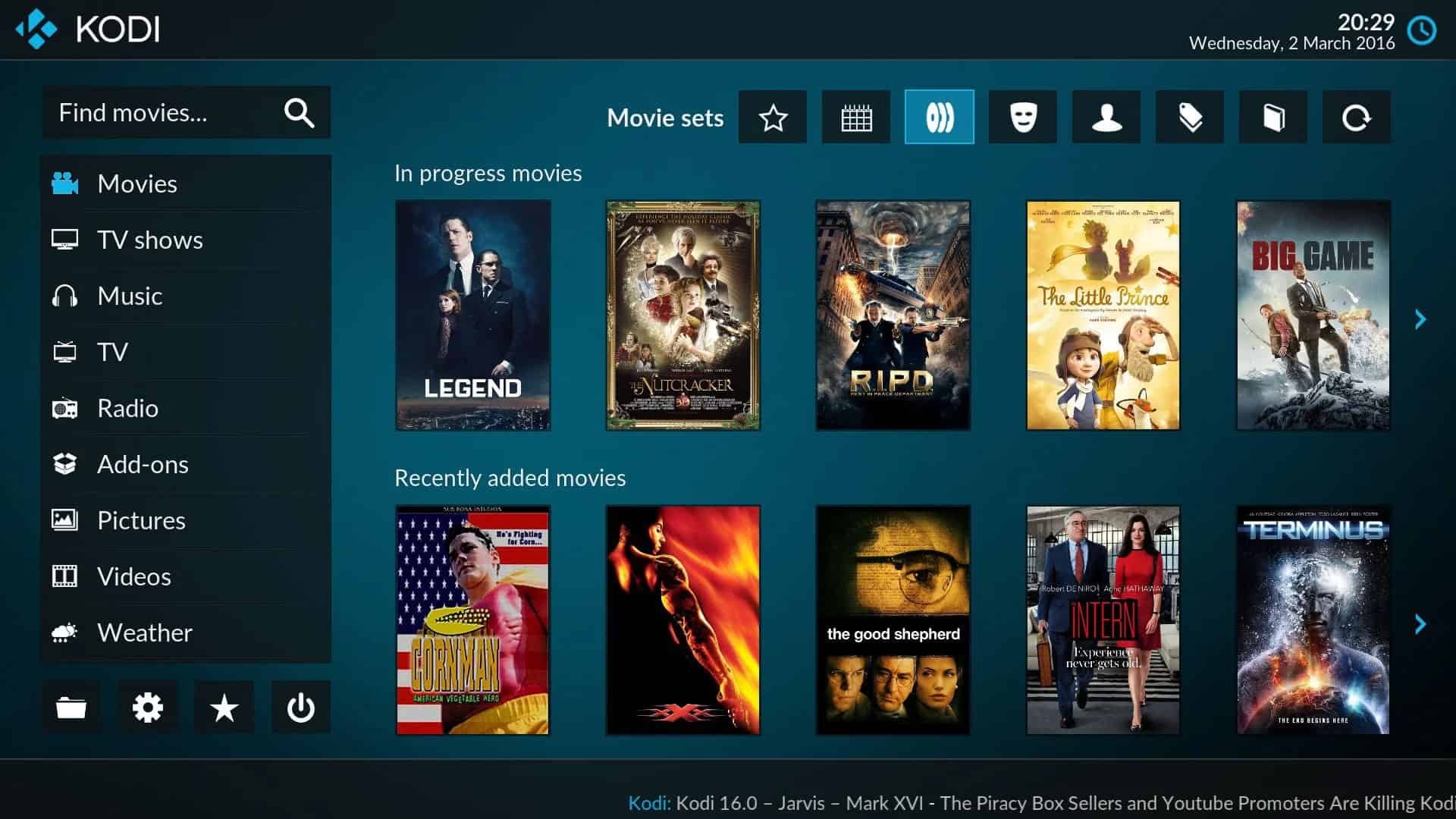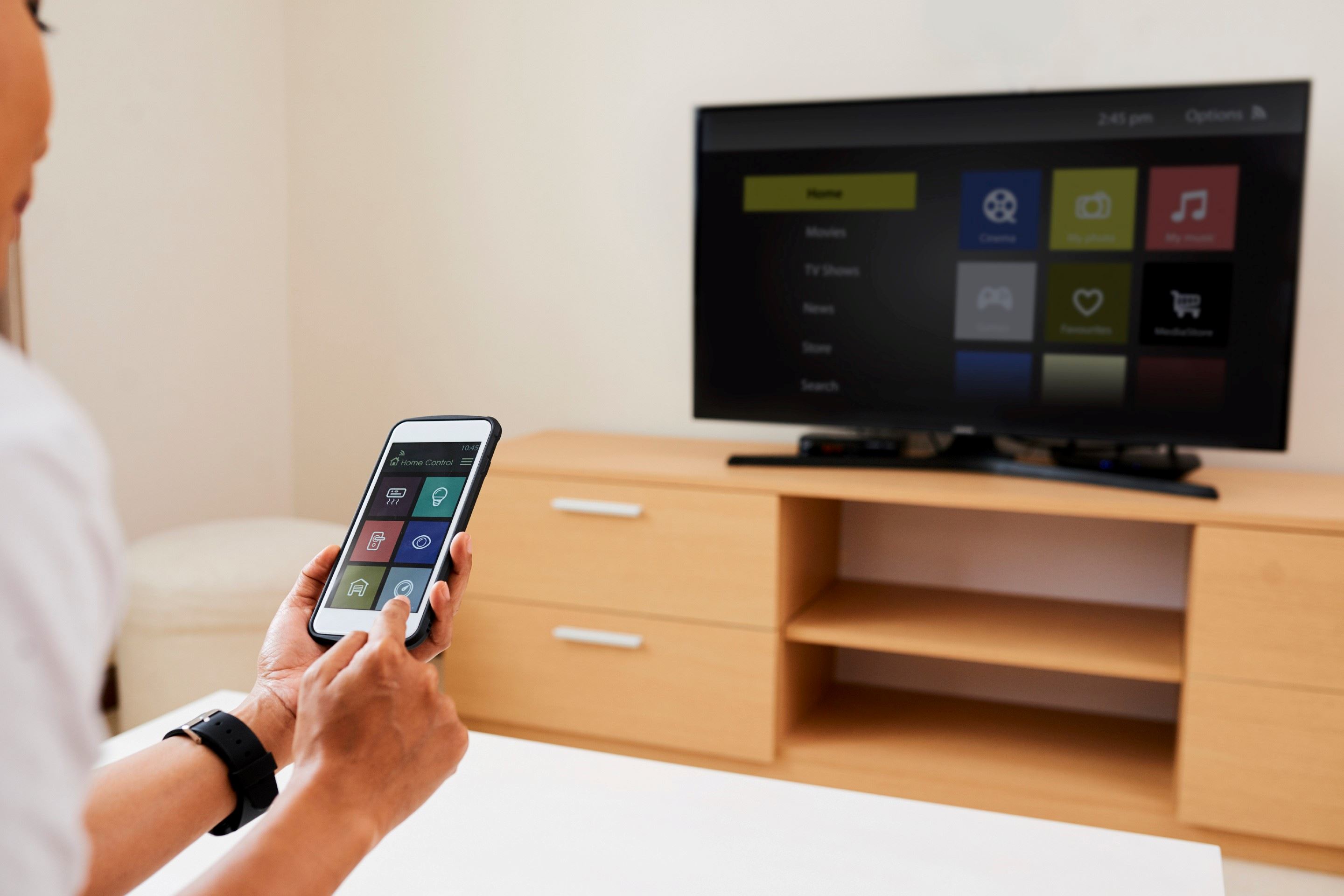Introduction
Screen mirroring has become an increasingly popular feature for home entertainment systems, allowing users to seamlessly display the contents of their devices on a larger screen. One of the most widely used devices for screen mirroring is Chromecast. But what exactly is Chromecast, and how does it work?
Chromecast is a streaming media device developed by Google. It plugs into the HDMI port of your TV and allows you to stream content from various sources, such as YouTube, Netflix, and Spotify, directly to your television. While Chromecast is primarily known for its ability to stream online content, it also offers a convenient screen mirroring feature that allows you to mirror the display of your smartphone, tablet, or computer on your TV screen.
The screen mirroring feature on Chromecast is perfect for sharing photos, videos, presentations, and even playing games on a larger screen. It eliminates the need for cables and allows you to enjoy your favorite content on the big screen with minimal setup.
In this article, we will guide you through the process of setting up and using the screen mirroring feature on Chromecast. Whether you have an Android device, iOS device, or Windows PC, we’ve got you covered.
So, if you’re ready to take your screen mirroring experience to the next level, let’s get started with connecting your Chromecast device!
What is Chromecast and How It Works
Chromecast is a versatile streaming media device developed by Google. It allows you to transform your regular TV into a smart TV by connecting it to your home Wi-Fi network and streaming online content directly to your television.
The device itself is small and compact, resembling a USB stick. It plugs into the HDMI port on your TV and is powered by a USB cable, which can be connected to a USB port on your TV or to a wall outlet using an adapter. Once set up, Chromecast enables you to stream a wide range of content from your smartphone, tablet, or computer to your TV screen.
So, how does Chromecast work? When you initiate a stream from your mobile device or computer, instead of streaming content directly through the Chromecast device itself, it acts as a receiver and communicates with your device over your home Wi-Fi network. This means that once the streaming process is started, you can continue using your device for other tasks or even turn it off without interrupting the stream.
The beauty of Chromecast lies in its ability to support numerous streaming services. From popular platforms like Netflix and YouTube to music streaming services like Spotify and Pandora, Chromecast offers a wide range of options for entertainment. Additionally, it supports screen mirroring, allowing you to mirror the display of your device on your TV screen.
To control Chromecast, you use your mobile device or computer as a remote. You can browse and select content from compatible apps on your device, and Chromecast will stream it directly to your TV. This versatility and user-friendliness make Chromecast a popular choice for streaming and screen mirroring needs.
Now that you have a good understanding of what Chromecast is and how it works, let’s move on to the next step: connecting your Chromecast device to your TV.
Connecting Your Chromecast Device
Setting up your Chromecast device is a straightforward process that can be completed in just a few simple steps. Here’s how to get started:
- Plug your Chromecast into the HDMI port of your TV. Make sure to connect the USB power cable to a power source. You can either use the USB port on your TV or plug it into a wall outlet using an adapter.
- Turn on your TV and switch to the correct HDMI input. Most modern TVs will automatically recognize the Chromecast device and display the setup screen.
- Download the Google Home app on your mobile device or tablet from the App Store or Google Play Store.
- Open the Google Home app and follow the on-screen instructions to set up your Chromecast. Make sure your device is connected to the same Wi-Fi network that you want your Chromecast to connect to.
- The app will scan for available devices. Once it detects your Chromecast, tap on it to begin the setup process.
- Confirm the code that appears on your TV screen matches the one displayed on your mobile device.
- Choose a name for your Chromecast device, which will help you identify it if you have multiple devices or rooms.
- Connect your Chromecast to your Wi-Fi network by entering the network password when prompted.
- Wait for the setup process to complete, and you’re done! Your Chromecast device is now connected to your TV and ready to be used.
It’s worth noting that the setup process may vary slightly depending on your device and the version of the Google Home app you are using. However, the general steps provided above should apply to most Chromecast devices.
Now that your Chromecast is connected, it’s time to explore one of its most exciting features: the screen mirroring capability. In the next sections, we will walk you through the process of setting up and using screen mirroring on Chromecast for Android devices, iOS devices, and Windows PCs.
Setting up the Screen Mirroring Feature
One of the standout features of Chromecast is its screen mirroring capability, which allows you to mirror the display of your smartphone, tablet, or computer on your TV screen. This feature is perfect for sharing photos and videos, giving presentations, or simply enjoying your favorite content on a bigger screen. Here’s how to set up the screen mirroring feature on your Chromecast device:
First, make sure that your Chromecast and the device you want to mirror are connected to the same Wi-Fi network. This is essential for establishing a smooth connection between the two devices.
For Android Devices:
- Open the Google Home app on your Android device.
- Tap on the Chromecast device you want to use for screen mirroring.
- Select the “Cast Screen” option. You may need to enable permission for the app to capture your screen.
- Choose the Chromecast device from the list of available devices.
- Your Android device’s screen will now be mirrored on your TV. You can navigate your device as usual, and the actions will be reflected on the big screen.
For iOS Devices:
- Ensure that your iOS device is running the latest version of iOS.
- Swipe up from the bottom of your screen to access the Control Center.
- Tap on the “Screen Mirroring” or “AirPlay” icon.
- Select your Chromecast device from the list of available devices.
- Your iOS device’s screen will now be mirrored on your TV through the Chromecast device.
For Windows PC:
- Make sure that you have Google Chrome installed on your Windows PC.
- Open the Chrome browser and click on the three-dot menu at the top-right corner of the window.
- Select “Cast” from the dropdown menu.
- Choose the Chromecast device you want to use for screen mirroring.
- Your Windows PC’s screen will now be mirrored on your TV via the Chromecast device.
Now that you have successfully set up the screen mirroring feature, you can enjoy your favorite content on the big screen, whether it’s videos, photos, presentations, or even games.
If you encounter any issues or inconsistencies during the setup process, don’t worry. In the next section, we will address some common troubleshooting steps to help you resolve any problems you might face.
Screen Mirroring from Android Devices
Screen mirroring from your Android device to your Chromecast is a convenient way to share your screen on a larger display. Whether you want to show off your vacation photos, watch videos, or play games, here’s how you can mirror your Android device’s screen using Chromecast:
- Ensure that your Chromecast and Android device are connected to the same Wi-Fi network.
- Open the Google Home app on your Android device.
- Tap on the Chromecast device you want to use for screen mirroring.
- Tap the “Cast Screen” option. If this option is not available, you may need to enable permission for the app to capture your screen. You can do so by going to your device’s settings and granting the necessary permission to the Google Home app.
- Select your Chromecast device from the list of available devices. Your Android device’s screen will now be mirrored on your TV.
While screen mirroring, your Android device’s screen will be replicated on your TV in real-time. You can navigate your device, open apps, play videos, and perform any other actions, all of which will be mirrored on the bigger screen.
It’s important to note that the performance of screen mirroring may vary based on the capabilities of your Android device and the quality of your Wi-Fi network. High-definition videos or complex graphics may experience some lag or reduced quality during screen mirroring.
Additionally, some apps may not support screen mirroring due to content protection or other restrictions. In such cases, you may see a black screen or a message indicating that the app does not support screen mirroring.
Once you’re finished screen mirroring, you can stop the mirroring by opening the Google Home app and tapping the “Stop Casting” button or by using the notification shade on your Android device and selecting the “Stop Casting” option.
Screen mirroring from Android devices to Chromecast gives you the freedom to enjoy your favorite content on a larger screen. Whether it’s showing presentations at work, sharing memories with friends and family, or simply enjoying entertainment from your Android device, the screen mirroring feature enhances your viewing experience.
In the next section, we will explore screen mirroring from iOS devices to Chromecast, so keep reading!
Screen Mirroring from iOS Devices
Screen mirroring from your iOS device to your Chromecast allows you to display your iPhone or iPad screen on a larger screen, providing a more immersive viewing experience. Whether you want to share photos, stream videos, or give presentations, here’s how you can mirror your iOS device’s screen using Chromecast:
- Ensure that your Chromecast and iOS device are connected to the same Wi-Fi network.
- Swipe up from the bottom of your iOS device’s screen to access the Control Center.
- Tap on the “Screen Mirroring” or “AirPlay” icon, which looks like a rectangle with an upward-facing arrow.
- A list of available devices will appear. Select your Chromecast device from the list.
- Your iOS device’s screen will now be mirrored on your TV via the Chromecast device, and you can navigate your device as usual, with the actions mirrored on the big screen.
During screen mirroring, your iOS device’s display will be replicated in real-time on your TV. This allows you to share photos and videos, play games, or even give presentations with the convenience of a larger screen.
It’s important to note that certain apps may not support screen mirroring due to content protection or other restrictions. In such cases, you may encounter a black screen or a message indicating that the app does not support screen mirroring.
If you want to stop screen mirroring, simply access the Control Center again, tap the “Screen Mirroring” or “AirPlay” icon, and select “Stop Mirroring” or “Disconnect.” Alternatively, you can also stop screen mirroring by going to the Settings app, selecting “General,” then “AirPlay & Display Mirroring,” and tapping the device name that corresponds to your Chromecast.
Screen mirroring from iOS devices to Chromecast opens up a world of possibilities for sharing and enjoying content on a bigger screen. Whether you’re streaming videos, playing games, or sharing media with friends and family, the screen mirroring feature enhances the viewing experience of your iOS device.
In the next section, we will explore screen mirroring from Windows PCs to Chromecast, so stay tuned!
Screen Mirroring from Windows PC
Screen mirroring from your Windows PC to your Chromecast device allows you to share your computer’s screen on a larger display, providing a more immersive experience for presentations, videos, or even working on a bigger canvas. Here’s how you can mirror your Windows PC’s screen using Chromecast:
- Ensure that your Chromecast and Windows PC are connected to the same Wi-Fi network.
- Open the Google Chrome browser on your Windows PC.
- Click on the three-dot menu icon located at the top-right corner of the browser window.
- In the dropdown menu, select “Cast” from the options.
- A small window will appear, showing the available Chromecast devices. Click on the Chromecast device you want to use for screen mirroring.
- Your Windows PC’s screen will now be mirrored on your TV via the Chromecast device, allowing you to navigate your computer, open applications, play videos, and perform any other actions, with the screen mirrored on the larger display.
While screen mirroring, it’s important to note that the performance and visual quality may depend on the capabilities of your Windows PC, the strength of your Wi-Fi network, and the content being mirrored. High-definition videos or graphic-intensive applications may experience some lag or a slight decrease in quality.
To stop screen mirroring, you can either click on the three-dot menu icon in the Chrome browser again, select “Stop Casting,” or click on the “Stop” button in the casting toolbar that appears at the top of the browser window.
Screen mirroring from Windows PCs to Chromecast offers a range of possibilities, from sharing presentations in a meeting room to enjoying videos and movies on the big screen. It is a convenient way to extend your Windows PC’s display and make the most out of your Chromecast device.
In the next section, we will address some common troubleshooting tips to help you resolve any issues you may encounter during the setup or screen mirroring process.
Troubleshooting Common Issues
While using the screen mirroring feature on Chromecast, you may encounter some common issues. Here are a few troubleshooting tips to help you resolve them:
1. Network Connectivity:
Make sure both your Chromecast and the device you are mirroring from are connected to the same Wi-Fi network. If the devices are on different networks, they won’t be able to communicate with each other. Restart your router if needed to ensure a stable connection.
2. Update Software:
Ensure that your Chromecast device, as well as the app or browser you are using for screen mirroring, are up to date. Outdated software versions may cause compatibility issues and affect the performance of screen mirroring.
3. Restart Devices:
If you’re experiencing issues with screen mirroring, try restarting both your Chromecast and the device you are mirroring from. This can help refresh the connection and resolve any temporary glitches.
4. Lower Resolution or Quality:
If you notice lag or reduced quality during screen mirroring, you can try lowering the resolution or quality of the content being streamed. This can help improve the performance and reduce buffering or latency issues.
5. Disable Battery Saving Mode:
If you are mirroring from a mobile device, such as a smartphone or tablet, make sure that battery saving mode or power-saving settings are turned off. These settings can limit the performance of your device and affect the screen mirroring experience.
6. Check Firewall or Antivirus Settings:
If screen mirroring is not working, check your firewall or antivirus settings. Sometimes, these security measures may block the required connections for screen mirroring. Temporarily disable them or add exceptions to allow communication between the devices.
If none of the above steps resolve the issue, try restarting your Chromecast device. Unplug it from the power source, wait for a few seconds, and then plug it back in. This will help clear any temporary glitches or errors.
By following these troubleshooting tips, you should be able to resolve most common issues related to screen mirroring on Chromecast. If the problem persists, you can check the Google Support website or contact their customer support for further assistance.
Now that you are equipped with troubleshooting knowledge, you can enjoy seamless screen mirroring from a variety of devices on your Chromecast.
Conclusion
Screen mirroring with Chromecast not only enhances your entertainment experience but also allows you to share and display content from your mobile devices or Windows PC on a larger screen. Whether you want to show off your favorite photos, enjoy videos with friends and family, or give presentations at work, Chromecast’s screen mirroring feature provides a convenient and immersive solution.
In this article, we explored what Chromecast is and how it works, along with the step-by-step process of connecting your Chromecast device to your TV. We also delved into the setup and usage of the screen mirroring feature from various devices, including Android devices, iOS devices, and Windows PCs.
Throughout the setup process and screen mirroring, it’s essential to ensure that all devices are connected to the same Wi-Fi network and that the software is up to date. Troubleshooting common issues, such as network connectivity, outdated software, or adjusting resolution, can help overcome any challenges you encounter during the screen mirroring experience.
By following the instructions provided, you can take full advantage of Chromecast’s screen mirroring capability and enjoy a seamless, larger-than-life viewing experience. Whether for entertainment, productivity, or sharing moments with loved ones, Chromecast’s screen mirroring feature opens up new possibilities.
So, grab your Chromecast, follow the steps outlined in this article, and start exploring the world of screen mirroring on your big screen TV. Whether it’s sharing memories, presenting ideas, or enjoying multimedia content, Chromecast is your gateway to a captivating home entertainment experience.







